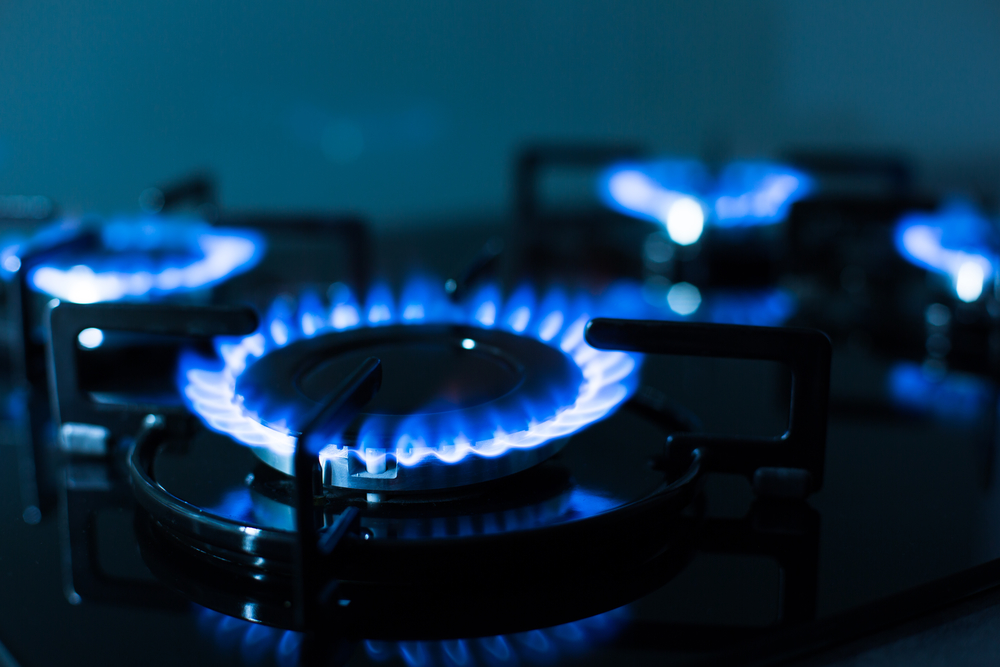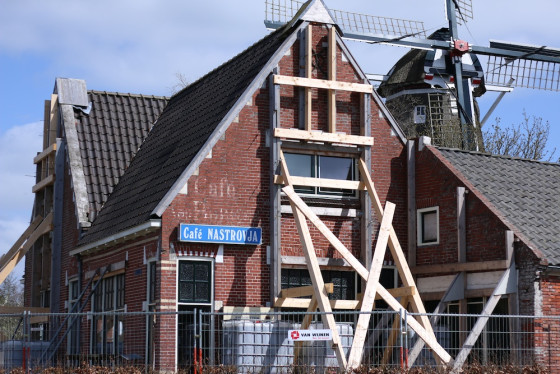More Groningen gas? Experts look at reducing use of Russian resources


Dutch energy experts believe the Netherlands could reduce its use of Russian gas in the short term with a variety of measures, including potentially extracting more gas from the Groningen field.
A presentation to Dutch parliament by research institute TNO said that around 20% of the gas the country imports comes from Russia, but that within three months the country could find alternatives.
One controversial issue is whether or not the Netherlands could increase production in Groningen, where the country has promised to stop completely by 2030 due to earthquakes caused by decades of gas exploitation. Many local people have still not been compensated for damage to their homes and a €220m fund made available in January ran out in a day.
According to the TNO, a combination of measures is needed, including reducing industrial gas use such as manufacturing fertiliser, and increasing Groningen gas extraction ‘only if there is support in Groningen, for example through financial compensation, strengthening homes quicker and compensating energy poverty in the Netherlands through the extra income from gas extraction’.
René Peters, director of gas technology at TNO, also recommends in his report temporarily increasing coal-based energy production, insulating homes and getting them on to gas alternatives and developing hydrogen-producing windfarms on land and sea.
Some experts believe that all options should be on the table regarding Groningen gas. David Smeulders, energy technology professor at Eindhoven University of Technology, has argued that the country should consider pumping out more of the €750 bn worth of Groningen gas, in order to help reduce European dependency on Russian gas – but also giving local people ownership of part of the revenues as compensation.
He also proposes exploring techniques such as injecting an inert gas like nitrogen into the ground to stabilise it, in the same way as gas is extracted and refilled at a gas storage facility in Bergermeer.
However, mining supervisory body the SoDM has warned that there are safety risks attached to increasing gas production again in Groningen, and added that injecting another gas could be prohibitively costly and even counterproductive.
‘This [injecting gas] sounds nice on paper, but there are a lot of uncertainties about how this would actually work in practice: the Groningen gasfield is a massive field with lots of fractures,’ said senior spokeswoman Cynthia Heijne. ‘If you inject in the wrong place, you could be inducing earthquakes instead of reducing them.’
Thank you for donating to DutchNews.nl.
We could not provide the Dutch News service, and keep it free of charge, without the generous support of our readers. Your donations allow us to report on issues you tell us matter, and provide you with a summary of the most important Dutch news each day.
Make a donation